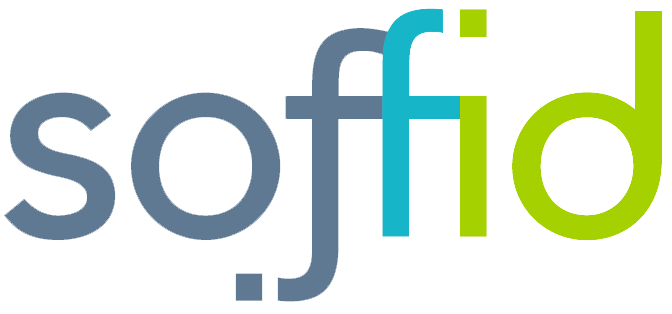View
Sorting
From A to Z
Products found: 1
Soffid PAM
Introduction
The need for privileged accounts is common to most information systems. These accounts are necessary to perform scheduled configuration and maintenance tasks, as well as supervening tasks such as the recovery of a hardware or software failure or the restoration of a backup. Due precisely to the need to use these accounts in an unplanned manner, their management must combine security, procedures and flexibility. In order to effectively manage these accounts, the Soffid product has the necessary logic to:
- Identify accounts
- Classify them according to the level of risk and its scheme of use.
- Distribution and assignment to responsible users.
- Automatic and planned password change process.
- Passwords delivery process to authorized users.
- Automatic injection of passwords, when this injection applies and makes sense
- User account. They are assigned to a single user, who is solely responsible for their management.
- Shared accounts They can be used by more than one person. Soffid allows several people to be using that account simultaneously.
- Especially privileged accounts. They can be used by more than one person, but the tool will ensure that only one person can be using the account at any time.
- From the server’s perspective, managing the accounts and permissions of the target system
- From the client’s perspective, automating access and login.
-
-
ROI-
-
0
0
The ROI4CIO Product Catalog is a database of business software, hardware, and IT services. Using filters, select IT products by category, supplier or vendor, business tasks and problems. Find the right business solutions by using a neural network search based on the results of deployment products in other companies.

